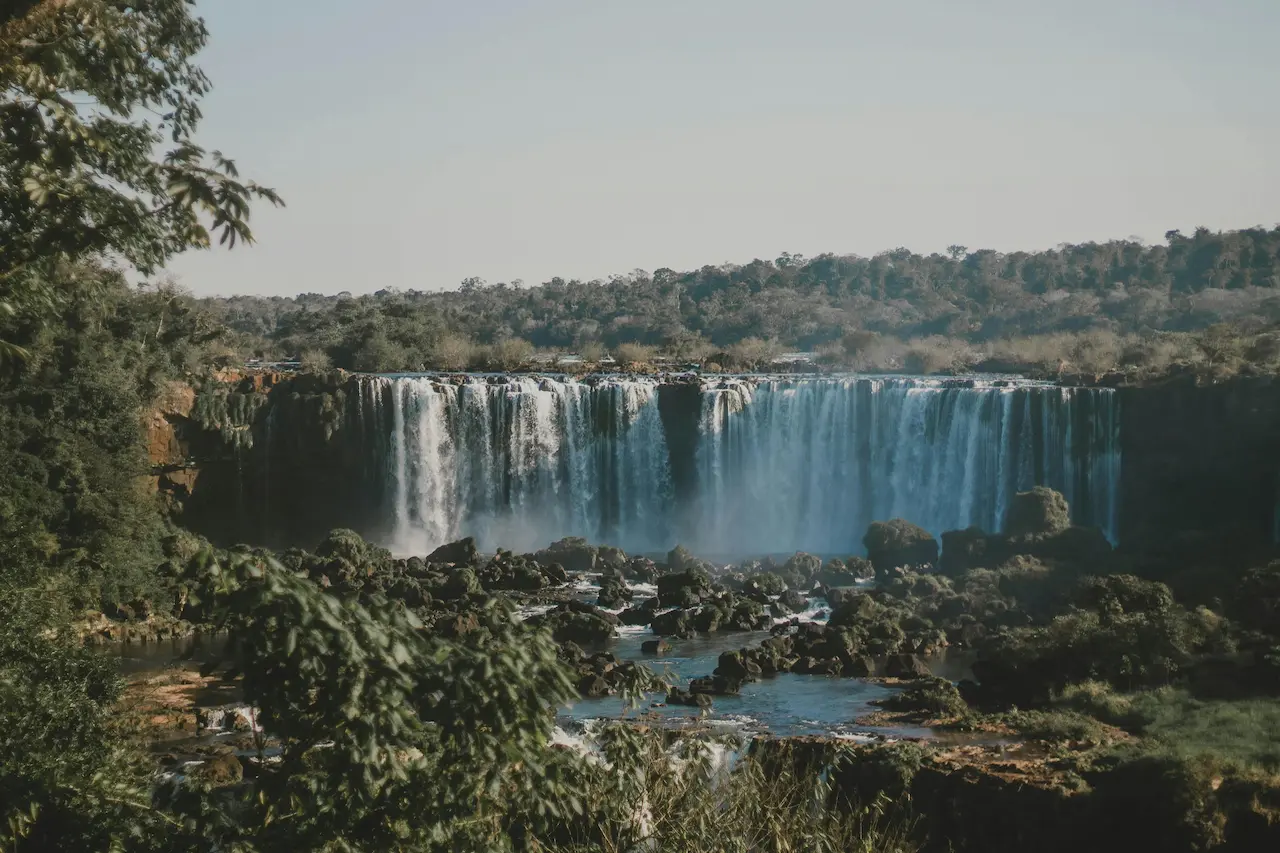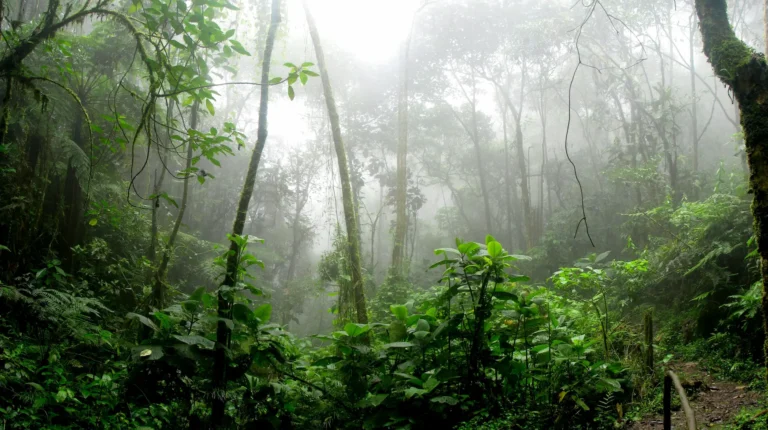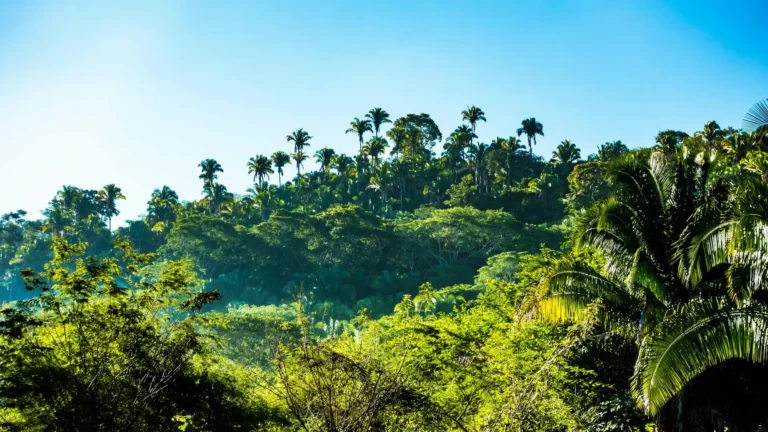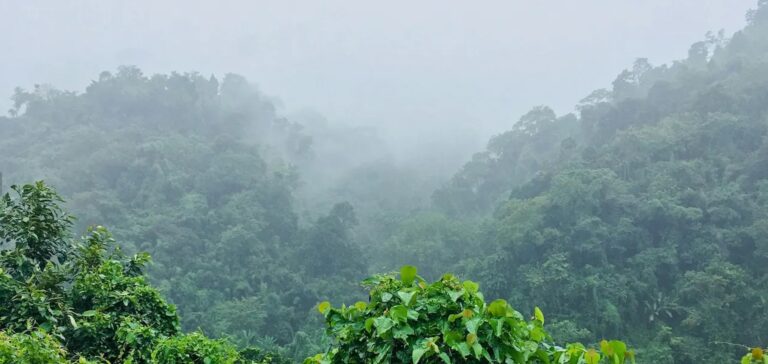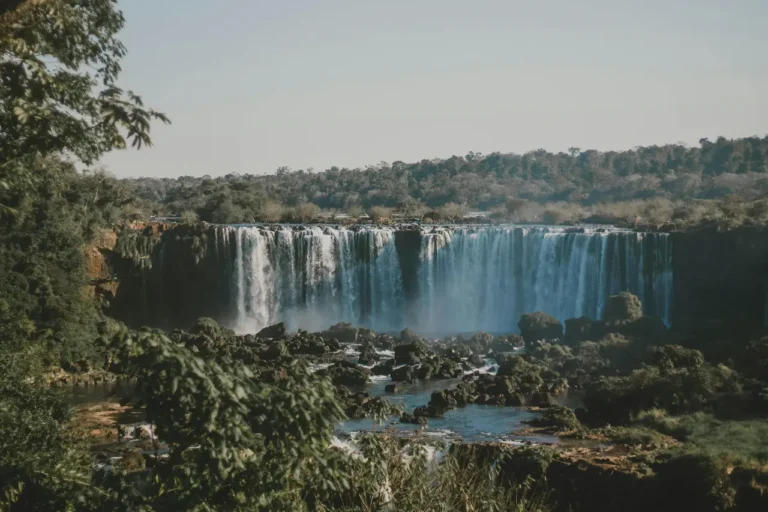Ancient Chutu Forts: Hilltop Strongholds of the Western Ghats
For centuries, the Western Ghats – a majestic spine of mountains stretching across Maharashtra and Gujarat – have been more than just a scenic backdrop. They’ve been a silent witness to the rise and fall of empires, the ebb and flow of trade routes, and the intricate dance of power struggles. While the names of the Maurya, Satavahana, and Rashtrakuta dynasties resonate with the grandeur of ancient India, a crucial, and often tragically overlooked, player in this narrative lies within the rugged terrain: the Chutu kingdom. These weren’t the imposing, clearly defined empires of the later period. The Chutus were a dynamic, shifting power, a network of hilltop forts, strategically positioned to control vital trade routes, harass neighboring kingdoms, and project an image of formidable strength. Their legacy, etched into the very rock faces of the Western Ghats, offers a captivating glimpse into a forgotten era of Indian history, demanding a reassessment of our understanding of the region’s political landscape.
The Rise and Fall of the Chutus
The origins of the Chutus are shrouded in a fascinating, and frustratingly incomplete, epigraphic record. The earliest references appear in the 3rd and 4th centuries CE, primarily through inscriptions – mostly short, fragmentary records – found on coins and stone slabs. These are not the verbose, elaborate pronouncements of later imperial chronicles. Instead, they are terse declarations of sovereignty, often invoking local deities and emphasizing military prowess. The most significant source of information comes from the inscriptions of the Rashtrakuta kings, particularly Krishna III and Dhruvasena II, who repeatedly mention the Chutus as a troublesome rival. This suggests a protracted period of conflict, one where the Chutus were a decentralized force, capable of launching raids and disrupting trade – a characteristic that defines much of their history.
Unlike the centralized empires of the time, the Chutus didn’t possess a clearly defined territory. Instead, they controlled a network of strategically important hill forts – ‘chatus’ hence the name – spread across the Konkan coast and the foothills of the Western Ghats. These forts weren’t built for siege warfare in the classical sense. They were designed to be difficult to attack, offering commanding views of the surrounding landscape and facilitating control over local populations. The forts themselves were not grandiose palaces but rather fortified settlements, housing garrisons, warehouses, and administrative offices.
Key Forts and Their Significance
Let’s examine some of the most prominent Chutu forts and their strategic importance:
- Kanher Fort (Maharashtra): Arguably the most extensively studied Chutu fort, Kanher is located near Igatpur. Its strategic location on the Konkan coast made it a critical point for controlling maritime trade between the Chalukyas and the Rashtrakutas. Epigraphic evidence suggests it was a key base for Chutu naval activity, challenging the dominance of the Chalukya navy. The fort’s architecture, though modest, reflects a pragmatic approach, emphasizing defensive capabilities over opulent decoration.
- Shiladitya Fort (Maharashtra): Named after the Chutu king Shiladitya, this fort, located near Mahad, played a crucial role in controlling the trade routes passing through the Sahyadri range. Its strategic position allowed the Chutus to levy taxes on passing merchants and maintain a military presence to deter incursions from neighboring kingdoms.
- Kharu Fort (Maharashtra): Situated near Panhala, Kharu Fort served as a vital link in the Chutu network, connecting them to the southern Konkan coast. The fort’s fortifications suggest a prolonged period of occupation and adaptation, reflecting the shifting alliances and conflicts of the era.
- Other Notable Forts: Numerous smaller forts – often unnamed in contemporary records – dot the landscape, each contributing to the overall strategic network. These included forts at Paithan, Rajaram, and various locations along the Konkan coast.
The Chutu Economy and Trade
The Chutu economy was intrinsically linked to maritime trade. The Konkan coast was a hub of activity, facilitating trade between India, China, Southeast Asia, and the Arab world. The Chutus skillfully exploited this trade, controlling key ports and levying taxes on passing ships. Evidence suggests they engaged in a complex network of alliances with Arab merchants, exchanging goods – spices, textiles, and precious stones – for silver and other commodities. This demonstrates a sophisticated understanding of global trade patterns, far exceeding the often-romanticized image of early Indian commerce.
Furthermore, the Chutus weren’t simply reliant on maritime trade. They also controlled valuable agricultural lands, particularly rice cultivation, which provided a vital source of sustenance and revenue. Their control over these resources allowed them to support their military forces and maintain their political influence.
The End of the Chutu Kingdom
The decline of the Chutu kingdom is a complex and debated topic. It wasn’t a sudden collapse but rather a gradual erosion of power, primarily due to the rise of the Rashtrakutas. Krishna III, a brilliant military strategist, systematically defeated Chutu forces, capturing key forts and dismantling their political network. The final blow came with the complete assimilation of the Chutu kingdom into the Rashtrakuta Empire. However, the legacy of the Chutus persisted, influencing the political and cultural landscape of the region for generations to come.
Interestingly, the Chutus didn’t vanish entirely. Their descendants continued to play a role in the region’s political and social life, often serving as intermediaries between the Rashtrakutas and the local populations. Their memory lived on in folklore and local traditions, a testament to their enduring influence.
Conclusion
The story of the Chutu forts is a compelling reminder that Indian history is rarely a straightforward narrative of empires and conquests. It’s a story of decentralized power, shifting alliances, and the strategic brilliance of often-overlooked kingdoms. By examining these hilltop strongholds, we gain a deeper understanding of the complexities of ancient India and the diverse forces that shaped its political landscape. The Chutus, though ultimately absorbed, left an indelible mark on the Western Ghats, a legacy waiting to be fully appreciated.
